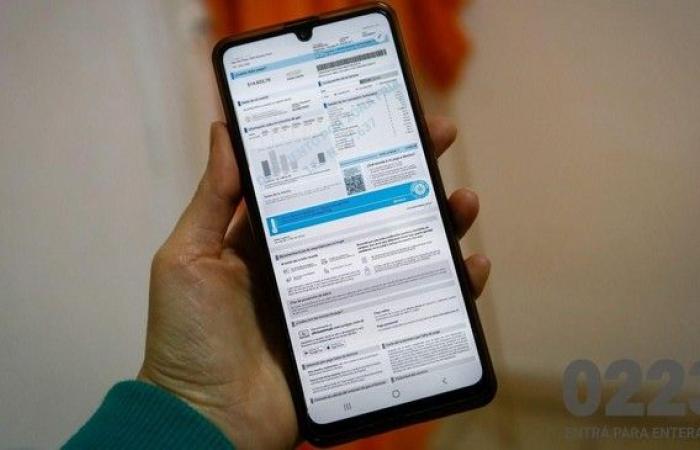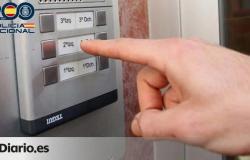
Starting this month, it is known, with the removal of subsidies in home electricity and gas rates for the low and middle sectors, the next bills for both services will arrive “recharged.” Due to the evolution of inflation and the increase in the Total Basic Basket (CBT), the family income limits that will be taken into account to obtain the state subsidy were reformulated: In the Province of Buenos Aires, those who earn up to 2,979,728.50 pesos still have the possibility of requesting the state bonus.
The income limits were recalculated based on the increase in the basic basket in May, which Indec estimated at 851,351 pesos. This indicator is used to define the poverty threshold and households with four members are included in the parameter. In accordance with current regulations, for the segmentation of resident users, it was established that families whose income does not exceed 3.5 times the value of that parameter can request subsidies through the Registry of Access to Energy Subsidies (RASE). .
Users are divided into three residential categories according to their income levels and according to the segmentation scheme in force since 2022. Those considered “high income” (N1) pay more for energy, both electricity service and gas supply; Those with “low income” (N2) and those with “middle income” (N3) have discounts on their rates but with a consumption limit.
Those who want to receive subsidies cannot earn more than the amount equivalent to three and a half basic baskets. Photo: 0223.
According to the latest official data, N1 users are 5.3 million, N2 are 8 million and N3 are 2.7 million.
How to do the procedure
The national government keeps registration open to request subsidies for electricity and gas. The procedure is mandatory if you wish to continue with the benefit.
Those interested must enter the website: www.argentina.gob.ar/subsidios. It was recommended by the National Energy Secretariat that before starting the online management, have on hand the data that must be recorded: the meter number and the Customer/Service/Account/Contract or NIS number that appears on the invoice (for To obtain these details, you can enter the following link: https://www.argentina.gob.ar/subsidios/facturas); the last copy of the DNI; the CUIL number of each household member over 18 years of age; the out-of-pocket income of each household member over 18 years of age; and an email address.
The form to complete.
If a community dining room or picnic area registered with Renacom operates at the service address, you must have the registration number on hand.
Segmentation:
They belong to N1 households that declare they have monthly income (total, because those of all cohabitants are considered) equivalent to or greater than 2,979,728.50 pesos for a type 2 household. Exception: in those households in the municipality of Patagones (province of Buenos Aires) , Chubut, La Pampa, Neuquén, Río Negro, Santa Cruz or Tierra del Fuego, A. and IAS, the total monthly income to belong to N1 will have to be equivalent to or greater than 3,635,268.77 pesos. Additionally (and this includes the entire country), they must have three or more vehicles less than 5 years old; have three or more properties; own a boat, an aircraft or be the owner of corporate assets that demonstrate full economic capacity.
Homes within N3 are those who are not within the highest income segment and meet any of the following conditions: total monthly income between 851,351 and 2,979,728.50 pesos (between 1 and 3.5 basic basket for a type 2 household) Exception: for households with one or one cohabitant with a Single Certificate of Disability (CUD), the total monthly income to be part of this segment can vary between 1,277,026.5 and 2,979,728.5 pesos (between 1.5 and 3.5 baskets basic for a typical home); own up to two properties and up to one vehicle less than 3 years old. Exception: households with one or a cohabitant with a Single Certificate of Disability (CUD) may own up to 1 vehicle less than 3 years old to be part of the middle-income segment.
The lowest income segment (N2) These are households with net income less than 851,351 pesos (total basic basket for a type 2 household). Exception: for households with one or one cohabitant with a Single Certificate of Disability (CUD), the total monthly income to be part of this segment must be less than 1,277,026.5 pesos (1.5 basic baskets for a type 2 household) ; have up to a property and not own a vehicle less than 3 years old. Exception: households with one or a cohabitant with a Single Certificate of Disability (CUD) may own up to 1 vehicle less than 3 years old to be part of the lowest income segment.





